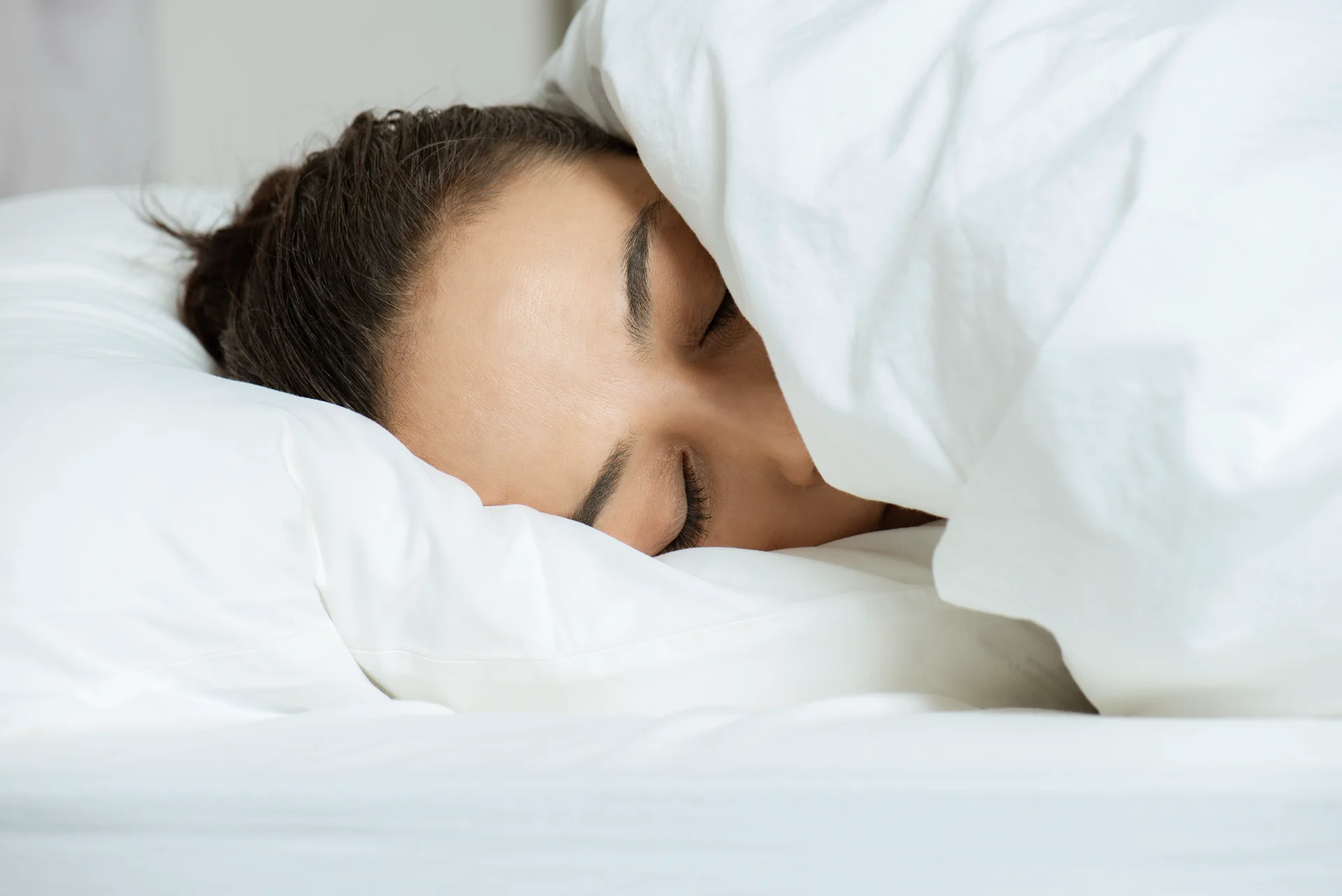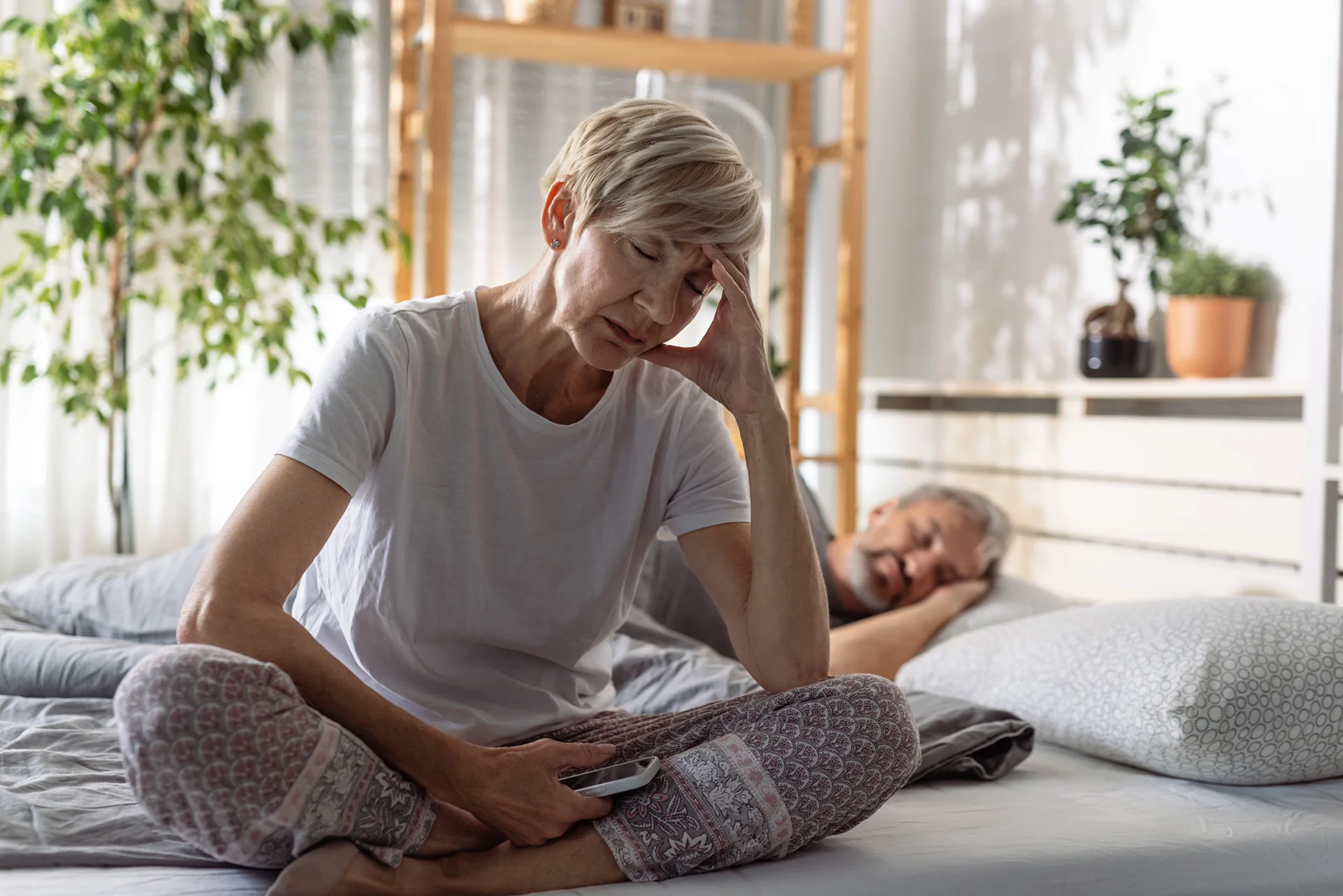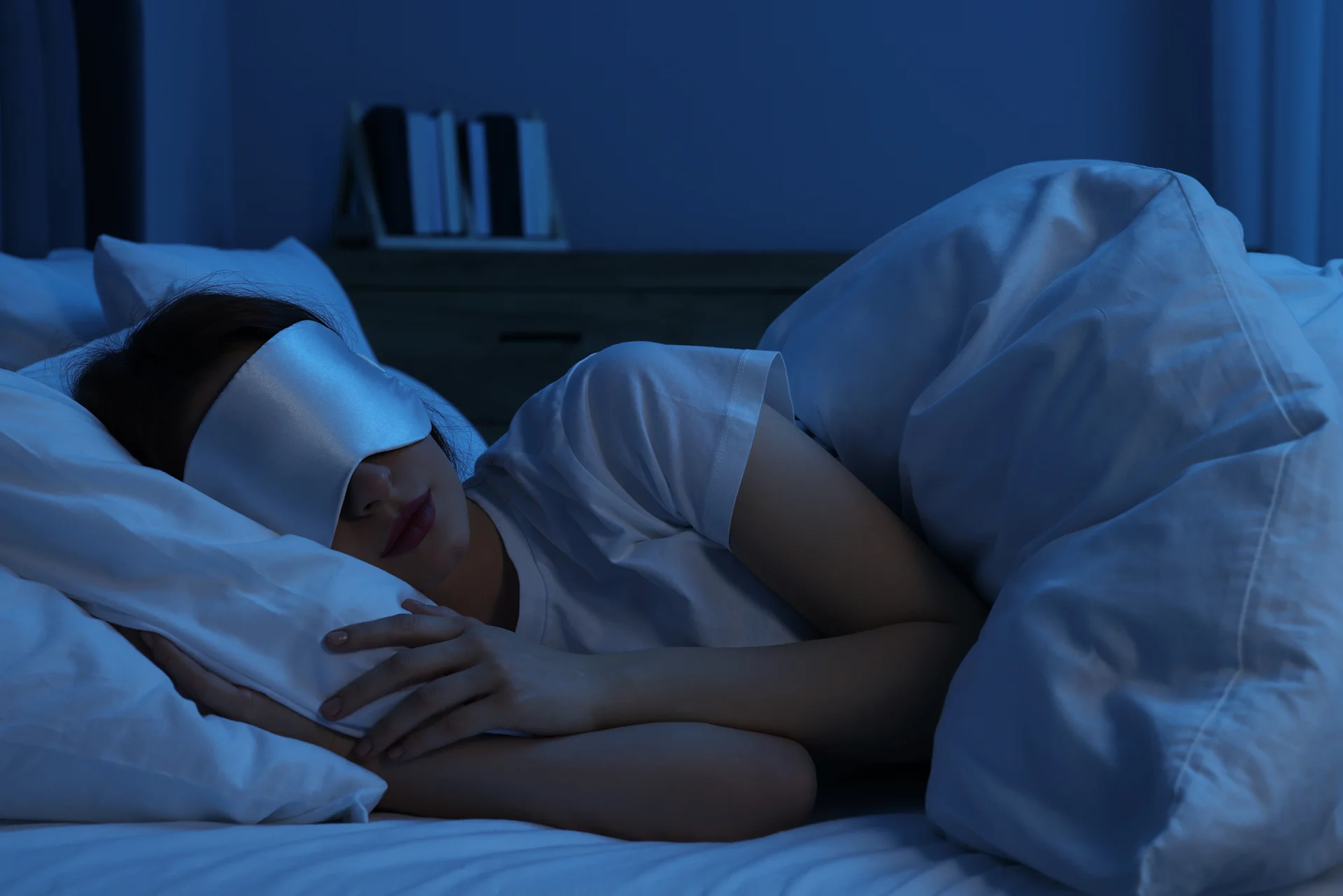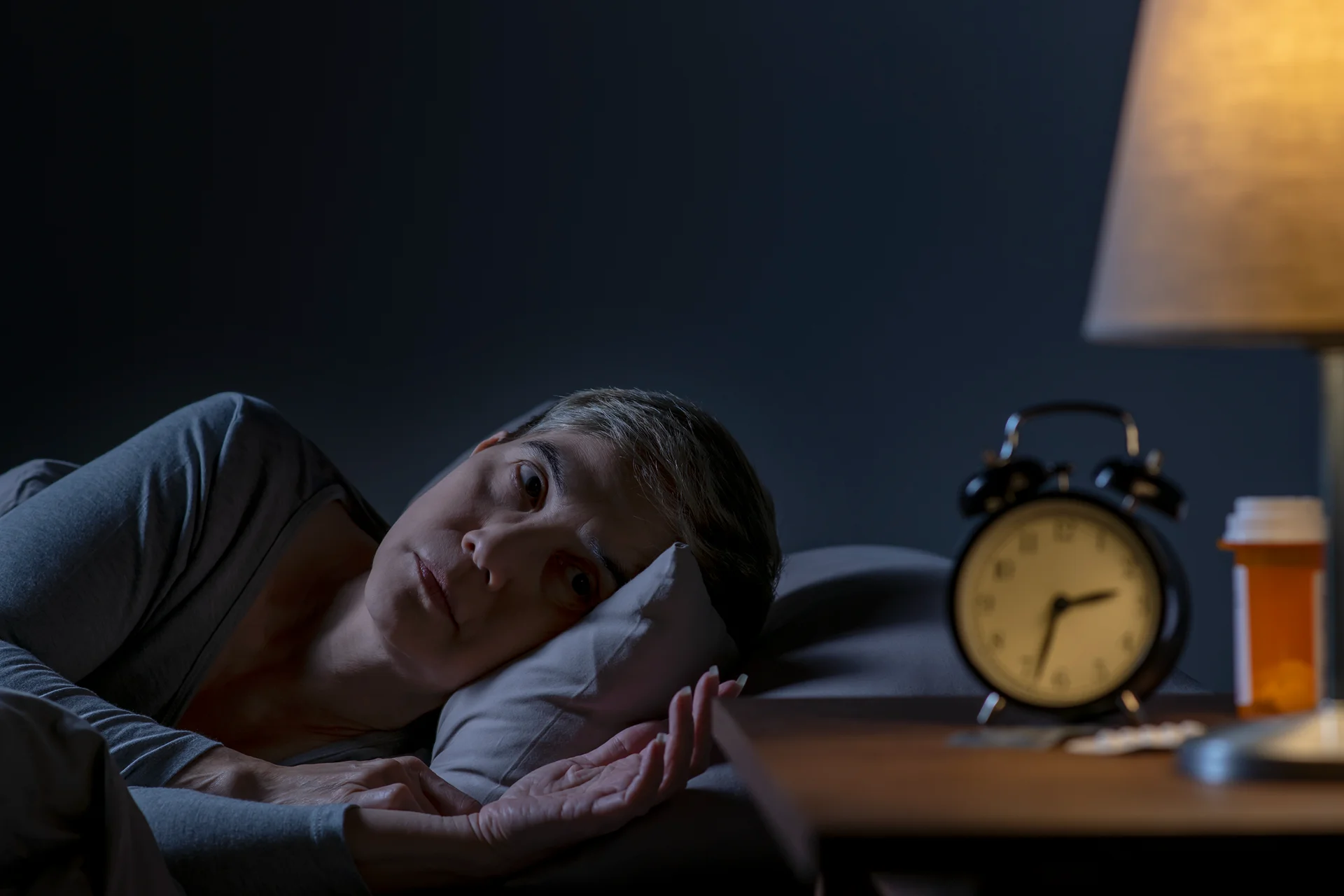Understanding Symptoms, Causes, and Management of Dream-Enacted Actions
You drift off to sleep each night expecting peace and quiet. But suddenly your rest becomes restless as you act out vivid, violent dreams by kicking, punching, yelling or even getting out of bed.
You awaken confused, worried you may have hurt yourself or your bed partner during these agitated sleep activities. If this sounds familiar, you may have a condition called REM Sleep Behavior Disorder. This mysterious sleeping disorder causes people to physically act out their dreams, sometimes with dangerous consequences.
What is Rapid Eye Movement (REM) Sleep Behavior Disorder?
REM sleep behavior disorder (RBD) is a condition characterized by abnormal behaviors during the rapid eye movement sleep stage due to a lack of muscle paralysis or atonia. This allows individuals to physically act out vivid dreams by talking, shouting, punching, kicking, jumping, and more complex motor behaviors.
During normal REM sleep, the body is paralyzed due to REM atonia except for the eyes and muscles needed for breathing. This prevents people from acting out dreams. In RBD, this muscle paralysis is impaired or absent, leading to physical manifestations of dreams and dream enactment. RBD poses risks of injury for patients and bed partners.
The symptoms of REM sleep disorder can vary in severity. While asleep, a person with RBD looks as if they’re acting out a bad dream and may:
- Have mild muscle twitches or limb movements
- Talk, shout or scream — often using vulgar language
- Kick, punch or grab the air or their bed partner
- Jump or fall out of bed
Sleep Cycle and Its Stages
Sleep consists of cycles between non-REM (NREM) and REM sleep stages. NREM has three stages – N1, N2, and N3 – with stage N3 being the deepest sleep. Each cycle lasts about 90 minutes and alternates between NREM and REM.
Non-REM sleep allows physical restoration whereas REM supports brain function. NREM has deeper sleep while REM is when vivid dreaming occurs. Both stages are vital for healthy sleep. The four stages of sleep are:
| Stage | Description |
| Stage 1 NREM sleep | This is the lightest stage of sleep and usually lasts only a few minutes, making up about 5% of your sleep time. During this stage, your body has not fully relaxed, though the body and brain activities start to slow with periods of brief movements. |
| Stage 2 NREM sleep | This stage accounts for about 45% of your time asleep (the most of any stage). You’ll go through multiple rounds of stage 2 NREM sleep, and usually, each one is longer than the last. After stage 2, you move deeper into stage 3 NREM sleep or enter REM sleep. |
| Stage 3 NREM sleep | The deepest stage of NREM sleep makes up about 25% of your total sleep time in adults. But babies and children need more stage 3 sleep, and the older you get, the less you need. You need stage 3 NREM sleep to wake up feeling rested. Without enough stage 3 sleep, you feel tired and drained even if you slept for a long time. |
| REM sleep | This stage is characterized by darting eye movements, faster breathing, and muscle paralysis except for the eyes and breathing muscles. Usually, REM sleep happens 90 minutes after you fall asleep. The first period of REM typically lasts 10 minutes. Each of your later REM stages gets longer, and the final one may last up to an hour. You can have intense dreams during REM sleep, since your brain is more active. REM is important because it stimulates the areas of the brain that help with learning and is associated with increased production of proteins. |
Causes and Associated Conditions of REM Sleep Disorder
RBD is strongly associated with synucleinopathies like Parkinson’s disease, Lewy body dementia, and multiple system atrophy. Over 50% of RBD patients develop Parkinson’s disease within 10 years of diagnosis, and RBD can be an early marker for Parkinson’s.
Over 80% of patients with dementia with Lewy bodies experience RBD symptoms at some point, and RBD occurs in over 90% of patients diagnosed with MSA, often preceding diagnosis.
Other neurological conditions related to RBD include mild cognitive impairment, autonomic dysfunction, restless legs syndrome, and overlap parasomnias. Traumatic brain injuries can trigger the onset of RBD in some patients, and factors like medications, alcohol use, and sleep deprivation may precipitate RBD as well.
While REM Sleep Behavior Disorder can be alarming, there’s good news.
The Snore Centers offers a cutting-edge, non-invasive treatment option known as NightLase® therapy.
This innovative solution effectively enhances the quality of your sleep by reducing the effects of sleep apnea and diminishing snoring intensity.
How NightLase® Works for REM Sleep Behavior Disorder
The unique approach of NightLase® employs laser pulses to safely heat the oral mucosa tissue. This results in a gentle tightening effect, caused by the contraction of collagen, that helps keep your airways open.
Each treatment session takes only about 15 minutes and requires no anesthesia, allowing you to resume your daily activities immediately.
Patients find NightLase® to be an exceptionally comfortable and satisfying solution. The treatment doesn’t require any device to be worn during sleep or involve any chemical treatment. A full course consists of three separate treatment sessions over six weeks, with results lasting up to a year.
Many have found solace in NightLase®, reporting significant improvements in their sleep quality and overall well-being. One patient noted, ‘It’s a gentle and easy way to finally get a good night’s rest.
Schedule your consultation with us today to learn how NightLase can help remedy your REM sleep behavior disorder.
Diagnosing REM Sleep Behavior Disorder
Diagnosing REM Sleep Behavior Disorder (RBD) involves evaluating a patient’s detailed sleep and medical history, which provides vital clues, like dream enactment, age of onset, medication use, and family history of neurodegenerative disease. Polysomnography helps distinguish RBD from non-REM disorders like sleepwalking and sleep apnea, which lack REM atonia.
Questionnaires like the RBDQ-HK and RBDSQ screen for RBD based on symptoms, especially dream enactment behaviors. RBD most commonly arises in older men with an average onset in the early 60s, unlike childhood sleep terrors.
To receive a diagnosis of RBD, a person must meet four criteria according to the American Academy of Sleep Medicine International Classification of Sleep Disorders:
- You have repeatedly experienced episodes of acting out your dreams with vocalizations or arm and leg movements that correspond to what’s taking place in your dream.
- Episodes occur during REM sleep, as confirmed by an in-laboratory polysomnogram (in-lab sleep study) or your clinical history.
- Episodes include sleep without atonia, as confirmed by polysomnography.
- The episodes are not attributed to something else, like another sleep or mental health disorder, a side effect of medication, or substance abuse.
Treatment and Management of RBD
- Sleep specialists play a crucial role in confirming RBD diagnosis through clinical evaluation and sleep studies. They also guide optimal treatment choices.
- Clonazepam, melatonin, and antidepressants can help restore REM atonia and decrease RBD episodes and injury risk. However, some tricyclic antidepressants are linked to precipitating or worsening RBD in vulnerable individuals. Medications can cause side effects like daytime drowsiness, dizziness, and cognitive changes requiring monitoring.
- Other treatment methods include safety measures, sleep hygiene, cognitive-behavioral therapy, and addressing underlying conditions.
To manage RBD, one must understand that:
- Potentially dangerous objects should be removed from the bedroom, and the mattress should be placed on the floor or a cushion should be placed around the bed.
- Long-term monitoring is necessary because RBD has strong relationships with many neurodegenerative disorders, such as Parkinson’s disease, multiple system atrophy, and dementia. RBD symptoms may be the first manifestations of these disorders and may precede the onset of other typical symptoms and signs by several years.
- Deep brain stimulation (DBS) targeting certain brainstem regions may reduce RBD symptoms, but more research is needed.
- Treatment limitations, the chronic nature of RBD, and side effects necessitate individualized management under expert supervision. Though clonazepam and melatonin are usually considered the first-line symptomatic therapy for RBD, their efficiency has not been proven by randomized controlled treatment trials.
Therefore, all available medications should be tried before considering the patient’s RBD as intractable. Symptoms relapse promptly on discontinuation of medications in almost all patients; therefore, pharmacologic treatment should be continued indefinitely.
REM Sleep Behavior Disorder: Risks and Implications for Bed Partners
REM Sleep Behavior Disorder (RBD) can cause serious injury to bed partners, so it’s important to seek treatment. Bed partners are at high risk for injuries like:
- Bruises
- Scratches
- Fractures
- Traumas
Up to 90% of partners of people with RBD have sleep issues, and over 60% have experienced a physical injury. Depending on the nature of the dream and their bedroom environment, these injuries can be life-threatening.
Even when the potential for physical injury has been reduced, the disruption of sleep to the individual or their sleep partner can still be severe enough to cause relationship problems. However, nearly two-thirds of couples continue sleeping together despite the risk of disturbed sleep.
What To Do
Establishing a safe sleep environment is one of the most important things someone with RBD can do. To prevent injuries, consider:
- Removing sharp objects and weapons from the bedroom
- Placing padding on the floor around the bed
- Installing padded bed rails on the side of the bed
- Putting the mattress on the floor
- Moving furniture and clutter away
Coping Strategies for Bed Partners
Coping strategies for bed partners of individuals with REM Sleep Behavior Disorder (RBD) include safety measures, separate bedrooms, monitoring devices, support groups, and counseling to help manage the impacts of RBD. Additionally, the following steps can be helpful for bed partners:
- Seek support from a therapist or counselor who specializes in sleep disorders or anxiety. They can help you manage the anxiety and stress that may come with living with someone with RBD.
- Join a support group for bed partners of individuals with RBD. This can provide a safe space to share experiences and coping strategies with others who are going through similar situations.
- Consider using monitoring devices, such as a baby monitor or motion sensor, to alert you if your partner is having an episode of RBD. This can help you be more prepared to intervene and prevent injury.
- Practice good sleep hygiene, such as avoiding caffeine and alcohol before bed, keeping the bedroom cool and dark, and establishing a regular sleep routine. This can help improve the quality of your sleep and reduce the impact of RBD on your own sleep patterns.
- Consider sleeping in separate bedrooms if the risk of injury is too high or if the RBD episodes are causing significant disruption to your sleep. This can help you both get the rest you need to function during the day.
The Broader Impact of RBD on Patients
On Cognitive Impairment and Decline
RBD is linked to faster cognitive decline and dementia onset versus the general aging population. Fragmented nighttime sleep and abnormal REM cycles promote excessive daytime sleepiness.
RBD has high comorbidity with conditions like major depression, PTSD, obsessive-compulsive disorder, and other mental disorders.
On Daytime Sleepiness and Circadian Rhythm Disturbances
Sleep disturbances are common in people with dementia, including insomnia, sleep-disordered breathing (SDB), excessive daytime sleepiness (EDS), RBD, restless leg syndrome (RLS)-Willis Ekbom disease, periodic limb movements of sleep, circadian rhythm disorders, and other nonspecific sleep problems.
Conclusion
In summary, RBD is characterized by dream enactment behaviors and injury risks due to impaired REM atonia. Raising awareness and prompt consultation with sleep specialists at initial symptoms is vital for proper diagnosis and tailored treatment.
Managing RBD symptoms early can greatly improve outcomes and reduce risks for patients and bed partners. With compassion and understanding, the distress caused by abnormal behaviors during REM sleep can be alleviated.








